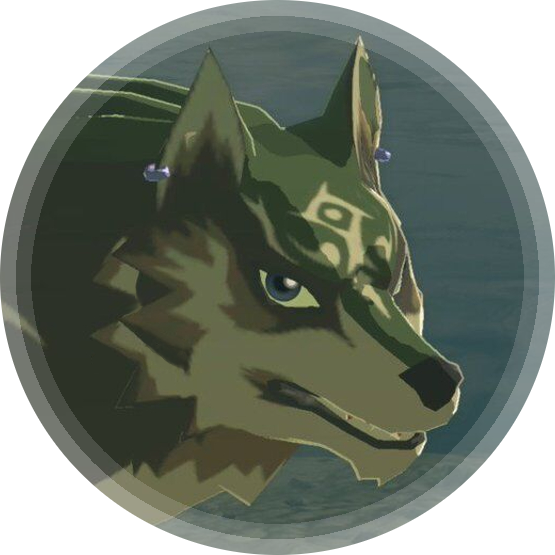Sources:
Those canines are “primarily used to chew up wood and other tough foods” as per one of the articles, but male adult camels may also use those to bite opponents when fighting with each other for territory / mates.
“Someone once described them as a Sarlacc pit from Star Wars” … definitely a fitting description.

Here is a video of an angry camels open mounth and unclipped teeth; https://www.youtube.com/shorts/whsdxuAy37Y … it is VERY ugly tho, view at your own discretion.


This is the kind of stuff I wonder about ancient finds and when we determine whether they were herbivore or carnivore based on the teeth. Would we be able to accurately tell based on the bones of a camel like this if ancient and extinct? Is there more that we typically go on besides just the teeth’s design?
I think there is also the molars and general jaw shape to consider. Carnivores are not just identified by their fangs, they have generally a different structure and layout of their jaws that is made to lock into a prey animal or tear out pieces of flesh.
In contrast, many herbivores have teeth laid out to grind down plant matter (think cows or goats) and their mouths are laid out to chew off vegetation with very articulated lips to assist. Even if these camels have pointy fangs, the rest of their mouth would indicate they eat primarily plants.
They do have dentals that are extremely specialized for eating vegetation that really doesn’t want to be eaten. The large canini are only a trait of males from which we could very reasonably determine that they’re used for intraspecific fights if we have both male and female fossils available.
Actually I would consider the anatomy of a camels skull one of the easiest to determine the habits of the species off due to its very specific adaptions.
We can determine that they live in an area with rough vegetation which are to that degree only arid climate zones. That requires high mobility to scan the area for scarce vegetation and even scarcer water sources. You’d probably also assume they move in larger groups if fighting is so relevant for males that huge fangs turned into a selected trait. From that alone you can make many assumptions that probably align with the actual lifestyle of those animals.
That’s actually a good question. I’m no dental expert mind you, but looking at the highly different diets some species have even compared to close relatives, I wouldn’t be surprised if that happened to extinct species as well. I mean, look at bears for example - grizzly, polar bear, brown bear … panda. Suddenly there is a vegan in the group, but with the same type of carnivore teeth.